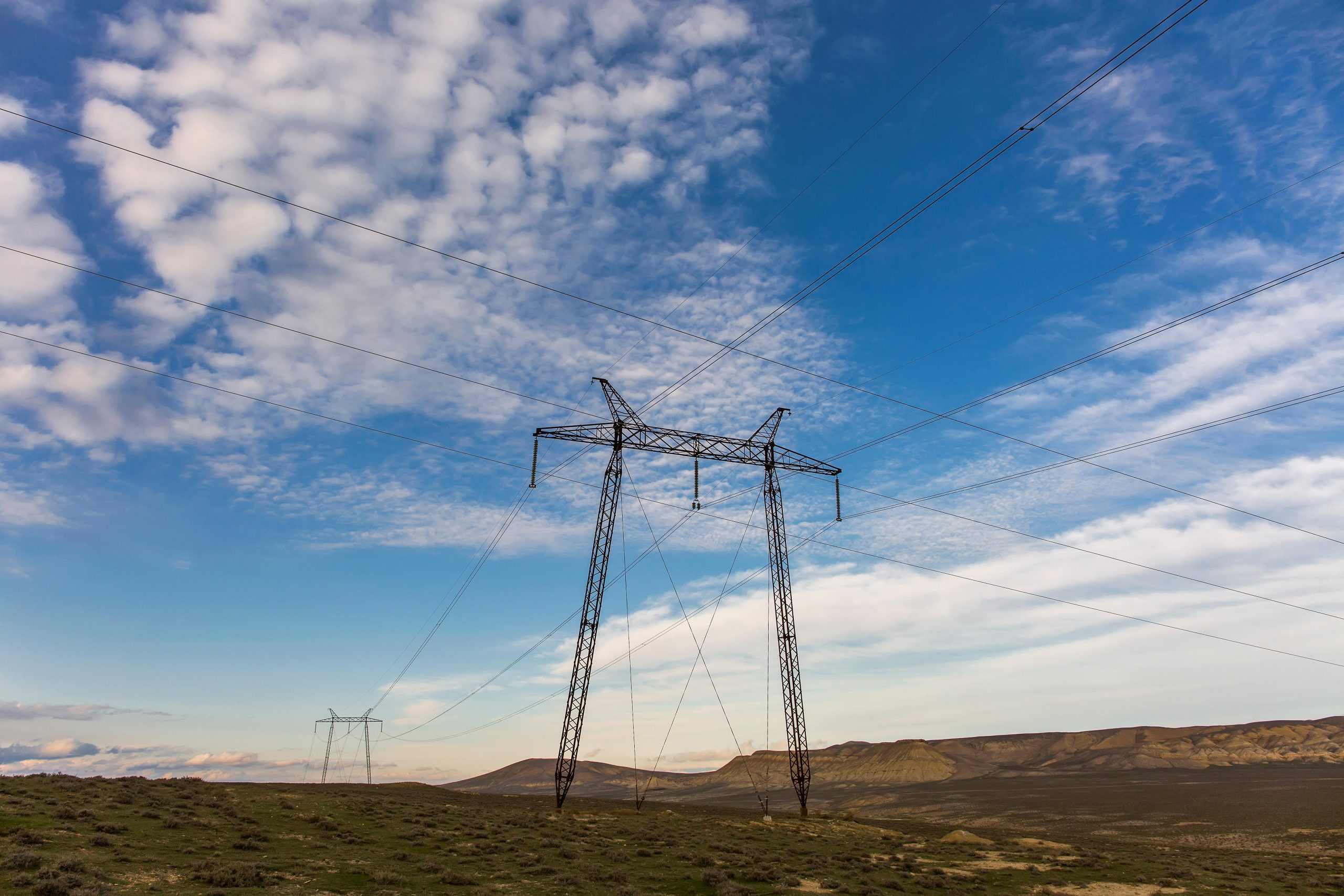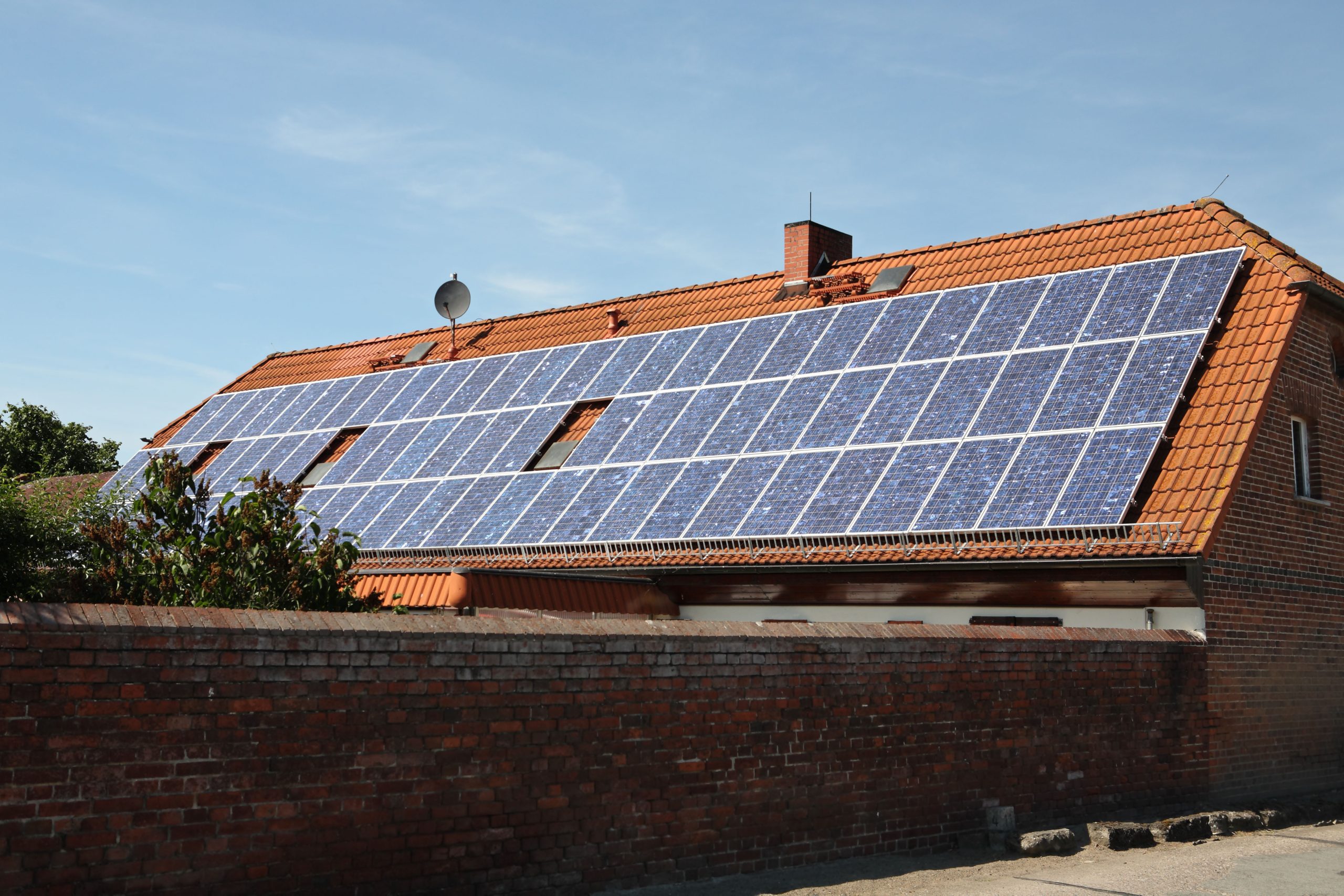Policy insights
Policies in the power sector and the wider landscape
ASEAN confidence in market reforms is slowly growing, sustainability is now featuring in investment decisions, rooftop solar policies are gaining prominence and the energy transition promises to create jobs.
Sustainability is now a key factor in ASEAN investment decisions, indicated by growing confidence in market reforms. The governments have introduced policies and measures between 2023 and 2024 to boost the growth of green industries, energy security and inclusive development.
Key developments include direct power purchase introduction in Viet Nam, Thailand and Malaysia, relaxation of local content requirements, introduction of an ASEAN taxonomy, fast-tracking rooftop PV and green jobs policies to create employment opportunities.
Growing confidence in direct renewable purchase
Each ASEAN country operates a unique market structure, following its own path towards emissions reduction and renewables ambitions. Most ASEAN power markets function under a single-buyer model, where independent power producers can take part in generating electricity but state-owned companies are the sole off-takers. In contrast, the Philippines and Singapore have an open power market with multiple players, which is meant to promote transparency, fair grid access and efficiency.
This year, Viet Nam, Thailand and Malaysia have taken steps towards introducing direct renewable purchase by corporate customers to meet the growing demand for clean power from the industrial sector.
Viet Nam recently approved a Direct Power Purchase Agreement (DPPA) scheme, enabling major electricity consumers with a connection voltage level of 22 kV or higher, or an average monthly consumption of 200,000 kWh, to directly procure renewable energy from producers via the national grid or private transmission line. Eligible producers include power plants using solar, wind, small hydropower, biomass, geothermal and ocean energy. The scheme offers a physical DPPA with no cap on capacity, output and connection voltage level, or a virtual DPPA based on fixed-price contracts, passing sustainable attributes to the buyer.
In Thailand, the Energy Regulatory Committee (ERC) announced the development of the Third Party Access (TPA) Framework Guideline, aiming to create a TPA code for the distribution system. This move is designed to attract private retail entities to the distribution and outlining wheeling charges. The pilot phase of the DPPA will initially focus on 2 GW of renewable energy to meet electricity demands of data centres.
In Peninsular Malaysia, the government plans to introduce a TPA scheme starting September 2024, allowing renewable energy producers to use the national electricity grid to deliver clean electricity to regional buyers. This scheme is part of the Corporate Renewable Energy Supply Scheme (CRESS) programme under PETRA’s Government Renewable Energy Enhancement for Niche Sector (GREENS MADANI) initiative.
Indonesia is reconsidering power wheeling under the upcoming Renewable Energy Bill. This bill would allow renewable energy producers to sell electricity directly to consumers through transmission networks owned by the state electricity company, PLN, with negotiable rates. However, detailed guidance on the implementation of this policy has not yet been provided.
These developments signal a growing interest in further exploring the TPA scheme, which is essential to unlocking wider cross-border electricity trading in ASEAN, and open new opportunities to spur the growth of green industries in Indonesia.
Incorporating sustainability tools into financial decisions
A key enabler of ASEAN’s progress in climate and energy transition is targeted investment for energy security, affordability and sustainability. Due to the differences in investment landscapes, population sizes and development levels, there is varying investor confidence and clarity in assessing the sustainability performance of investment opportunities across ASEAN.
Central to addressing this is the introduction of the ASEAN Taxonomy for Sustainable Finance, designed to catalyse growth while curbing emissions. The Taxonomy sets criteria to financing energy transition projects, including renewable energy and coal phase-out initiatives. It also provides guidance for ASEAN to classify eligible green and transition projects in line with the Paris Agreement’s goals.
Except for Brunei Darussalam, Cambodia, Lao PDR and Myanmar, the rest of ASEAN have established their own national taxonomy and green bond mechanism. These mechanisms enable private or public institutions to issue debt specifically dedicated to financing climate-related projects, including renewable energy. While green bonds in most ASEAN countries are led by the public sector, in Viet Nam, they are issued by a private commercial bank, with the government concurrently developing a national green taxonomy.
Some ASEAN countries are applying developmental economics perspectives to enhance clean energy use and leverage their commitment to sustainability.
Indonesia has relaxed local content requirements for some solar energy projects, aiming to create a more favourable investment environment and accelerate the deployment of sustainable technologies. Projects signed before 31 December 2024 and operational by 30 June 2026 can benefit from this change.
Thailand has no specific regulation on local content requirements, except for a 40% threshold for battery-powered electric vehicles produced in the free zones.
The absence of local content requirements may have contributed to growth of the renewable energy industry in Malaysia and Viet Nam, positioning them as key solar supply chain hubs in the region.
From investors’ point of view, relaxing local content requirements allows project developers to source materials, components and technologies from the most efficient and cost-effective global suppliers, potentially leading to the adoption of advanced technologies not available locally.
This support includes tax incentives, such as Malaysia’s Green Investment Tax Allowance and Green Income Tax Exemption, as well as favourable loans for the renewable energy industry. In Viet Nam, the Green Credit Fund and preferential loans are examples of financial support designed to bolster the industry.
All ASEAN countries have offered tax incentives for renewable energy projects and other green technologies in various forms. Income tax deductions or exemptions, import duty waives and sales tax deductions are available to attract businesses in deploying renewable energy plants, fostering a welcoming business environment for the private sector.
Provisions to encourage foreign participation in the renewable energy sector can also stimulate investments and facilitate the transfer of technology and knowledge, especially for new technologies. Most ASEAN countries do not have restrictions on foreign ownership of renewable energy companies or assets.
However, Malaysia has implemented the Large Scale Solar reverse auction programme, mandating that participating companies and consortia must hold at least 51% Malaysian equity. Similarly, Thailand also applies this approach.
Meanwhile, the Philippines just lifted foreign ownership restrictions on renewable energy businesses, being one of the contributing factors in breaking a new record high of investment this year.
While solar technologies may have reached maturity, the need for storage facilities to accommodate solar and wind growth may require such provisions to welcome more foreign entities. The provisions can help enhance competitiveness and accelerate the deployment of these technologies.
Advancing rooftop solar with new policies and incentives
Governments in Viet Nam, the Philippines and Thailand have initiated strategic policies and regulations to boost rooftop solar power deployment, though some limitations exist. Viet Nam initially proposed to ban the export of solar energy to the grid but later introduced a pilot scheme allowing the sale of unused excess solar power, with an offtake volume of up to 10%. Currently, there are approximately 103,000 rooftop solar installations nationwide, with a total capacity of about 9.5 GW. Based on the PDP 8, an additional 2.6 GW of rooftop solar capacity is expected by 2030.
In Thailand, a proposal is set to relax permit requirements for rooftop solar installations exceeding 1 MW under the Factory Act. Additionally, a tax reduction scheme is in place for solar panels adopters with a power generation capacity of less than 10 kW and a cost of less than $5,800 USD (200,000 baht). This scheme targets 90,000 households between 2024 and 2027.
The Department of Energy of the Philippines aims to install 4.2 GW of renewable energy projects in 2024. The project will include 1.98 GW of solar, including 590 MW of battery storage. The market mechanism allows for peer-to-peer trading via a trading platform, enabling excess electricity generated to be sold to the grid or to host distribution utilities with compensation.
The Indonesian government’s recent Regulation No. 2 of 2024 sets an annual quota of 1 GW for rooftop solar power systems (PLTS) connected to the PLN network and an additional 0.5 GW from non-PLN sources. This regulation aims to harness Indonesia’s abundant silica sand resources to strengthen the domestic solar cell and module industries. However, it also marks the end of the net metering system, which previously allowed customers to export excess electricity back to the grid.
In Malaysia, rooftop solar deployment has primarily been driven by the Net Energy Metering (NEM) scheme, introduced in 2016. This scheme offers various procurement methods, including outright purchase of panels, power purchase agreements (PPAs) and solar leasing options. While the NEM programme started slowly, it has grown significantly through three phases, resulting in around 1 GW of solar installations across households, agricultural sites, commercial and industrial facilities, and government buildings. In addition to NEM, the Self-Consumption (SELCO) programme, launched in 2017, focuses on on-site consumption only and does not allow consumers to export surplus electricity to the grid.
Singapore is accelerating rooftop solar development through the SolarNova programme, which currently generates about 420 GWh of solar energy annually. The programme is being renewed as SolarNova 8 to provide clean electricity for companies.
Energy transition expected to spur more jobs, and policy is key
Governments in ASEAN are developing policies to support green jobs and industries. For example, the Philippines passed the Green Job Act, offering incentives like tax deduction for skills training, tax-free imports of capital equipment tied to green jobs promotion and R&D.
Indonesia has yet to integrate green jobs into policy, but the government is preparing a Roadmap for Green Jobs as part of the upcoming 2025-2029 National Medium Term Development Plan to track progress towards green job goals.
The net employment gain from the energy transition could benefit coal producing countries and build trust in policies supporting renewable industry development. In Indonesia, 96,000 new jobs could be created in coal regions through renewables, and with labour reallocation and rekilling, more than 1 million new jobs could offset the 31,000 job losses from the transition. Similar trends could apply to other fossil fuel-dependent countries in the region, such as Viet Nam and the Philippines.
Green job policies create employment opportunities in renewable energy sectors, stimulate economic growth, support the transition to cleaner energy sources, reduce carbon emissions, and promote environmental protection. Additionally, these policies enhance social equity by providing opportunities to disadvantaged communities and contribute to resilience and adaptation through sustainable practices and infrastructure improvements.
Related Content




